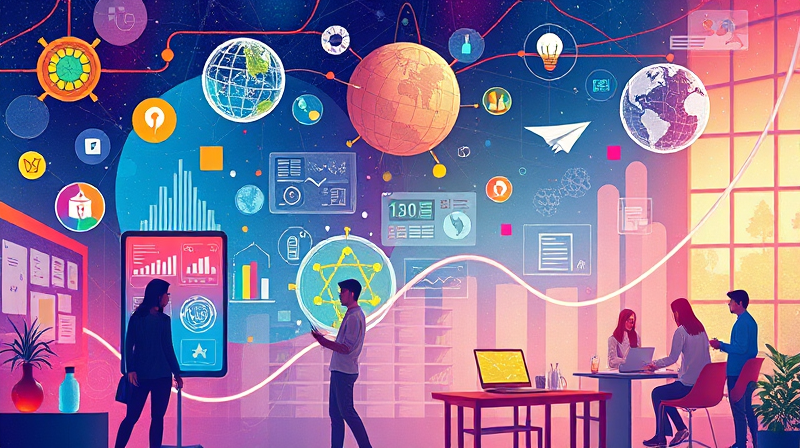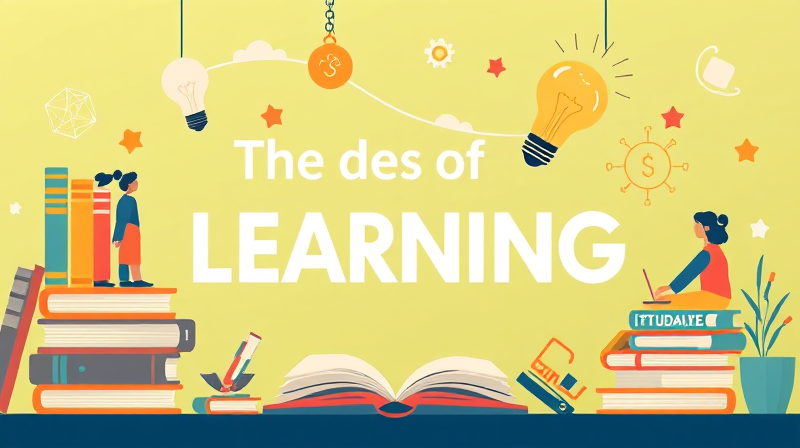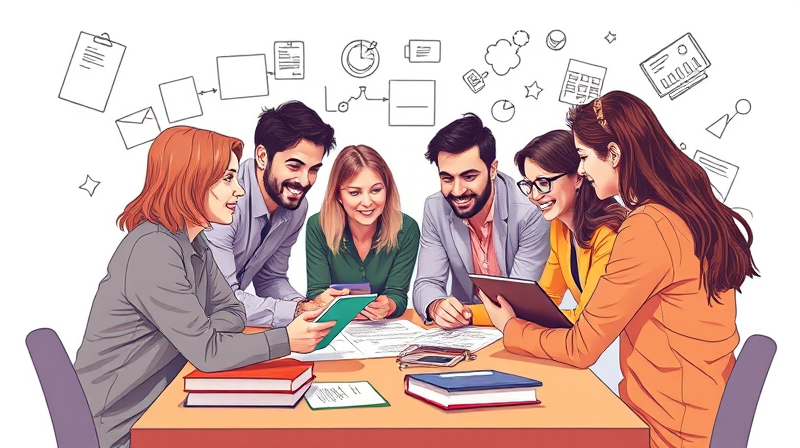In today’s rapidly evolving educational landscape, the integration of virtual coursework with real-world activities is transforming traditional methods of learning. This innovative approach brings together the best of both worlds, offering the flexibility and engagement of online learning alongside the practical, hands-on experiences that are vital for real-life success. By embracing this blend, educators are creating dynamic learning environments that foster a deeper understanding of conceptual and practical knowledge.
Virtual learning environments have revolutionized how content is delivered and consumed. They empower students to access materials anytime and anywhere, ensuring that learning is not confined to the traditional classroom. The digital realm offers tools and resources that can be personalized to suit individual student needs, thereby promoting an inclusive and adaptive approach to education.
Exploring the Benefits of Virtual Learning
Virtual education provides a breadth of opportunities that are particularly valuable in modern teaching. Through this modality, students gain:
- Flexibility and Accessibility: Online courses allow students from diverse geographic locations and backgrounds to access high-quality educational materials, removing many traditional barriers to learning.
- Personalized Learning Experiences: Digital platforms can be customized to meet the pace and unique needs of each learner, ensuring every student can thrive.
- Enhanced Engagement: With tools like interactive virtual reality (VR) simulations, students can immerse themselves in dynamic, engaging learning experiences that make challenging subjects more accessible.
- Improved Academic Outcomes: Research has shown that under certain conditions, students who learn in well-designed online environments demonstrate improved results, highlighting the efficacy of virtual learning techniques.
By integrating these benefits, virtual coursework can serve as a cornerstone in modern education, providing a robust foundation for further academic exploration.
However, while the digital realm offers many advantages, it cannot completely substitute the value of real-world experiences. Understanding the importance of tangible learning activities is essential.
Advantages of Real-World Activities
In-person interactions and activities are integral to the holistic development of students. The physical classroom and laboratory environments offer unique benefits that are hard to replicate virtually.
- Rich Social Interactions: Face-to-face classes encourage spontaneous discussions and allow students to build strong interpersonal connections with both peers and instructors. These social interactions are crucial for developing soft skills and professional communication.
- Hands-On Learning: Many subjects, especially those in STEM fields, require practical, laboratory-based experiences to fully understand and apply complex concepts. Real-life experiments and demonstrations provide the practical context that virtual simulations often lack.
- Professional Networking: Participation in in-person activities facilitates the growth of professional networks. Students can forge meaningful connections that may help in their future career pursuits and collaborative projects.
Real-world activities excel at bridging the gap between theoretical knowledge and its practical application. The direct engagement in physical tasks not only solidifies learned concepts but also builds confidence and a ready-to-apply skill set among students.
Strategies for Effective Integration
To achieve the most effective educational outcomes, it is essential to incorporate both virtual and real-world methodologies. Combining these approaches can significantly enrich the student experience when executed thoughtfully. Some practical strategies include:
- Virtual Simulations as Preparatory Tools: Before students step into real-world scenarios, virtual simulations can serve as a safe space to practice and refine their skills. This step-by-step process increases their confidence and prepares them better for actual challenges.
- Project-Based Learning: Designing authentic tasks that require students to apply what they have learnt online in a tangible project helps bridge the gap between theory and practice. These assignments encourage critical thinking and creative problem-solving.
- Leveraging Technology for Collaboration: Tools like video conferencing and online discussion boards facilitate ongoing engagement, promoting collaborative learning environments that connect the virtual experience with real-life applications.
- Integrative Reflection Opportunities: Encouraging students to reflect on how virtual lessons apply to real-world situations deepens learning and fosters a more comprehensive understanding of the subject matter.
- Aligning Course Content: It is vital that virtual coursework aligns closely with real-world applications. When educators intentionally design content that directly contributes to practical skills, the convergence of online and in-person learning becomes not only harmonious but also highly effective.
These strategies strengthen the educational framework by combining the best attributes of both online and offline learning. Thoughtful integration allows students to benefit from the rich digital resources available as well as the invaluable experience of direct, physical engagement.
Innovation in education does not happen overnight. It is a continual process of refining teaching methods in response to emerging technologies and evolving student needs. Educators who pursue this blended approach are not only preparing their students to excel academically but are also equipping them with the practical skills and networks necessary for success in an increasingly digital and interconnected world.
Ultimately, the combination of virtual coursework and real-world activities creates a comprehensive educational strategy that nurtures critical thinking, problem-solving, and creative applications of knowledge. As education continues to adapt to modern technological advancements, this integrative approach serves as a beacon for future instructional design, inspiring both teachers and students to venture beyond traditional boundaries.
By embracing both virtual and real-world learning environments, educators are paving the way for a more connected, innovative, and effective future in education. The ongoing dialogue between technological advancement and practical experience will continue to empower learners, ensuring they are well-prepared to face the challenges of tomorrow.







